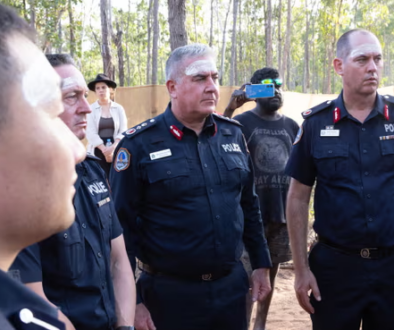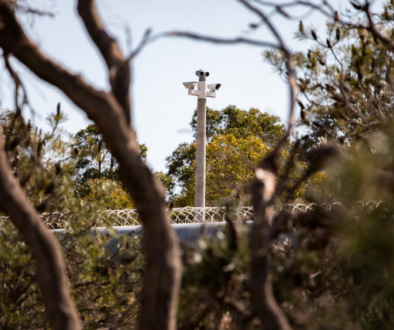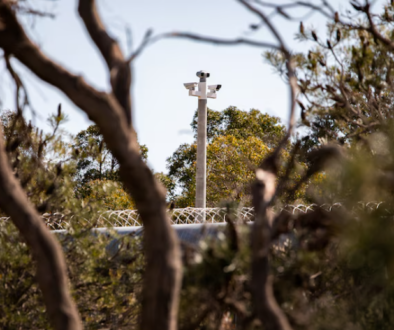The Untold Story About The Death of a Teenager Inside Banksia Hill Detention Centre
- In the weeks before he took his own life behind bars, 17-year-old Ben wrote a letter to a magistrate promising to turn his life around.
- After years stuck in a cycle of offending, getting locked up, being released and offending again, the boy said he’d had enough.
- He didn’t want to end up in an adult prison after his next birthday. But he never made it to adulthood.
-
This is the story of how a troubled teenager tried to get help, and how the youth justice system failed him in the worst way possible.
Cycle of despair
We can’t tell you Ben’s real name. But we can tell you his story.
Ben died inside Perth’s Banksia Hill Detention Centre two weeks ago, the second teenager to die in WA’s notorious youth detention regime in under a year.
The ABC has been given access to 200 pages of transcripts of his court hearings, spanning from July 2023 to the day before his death.
They paint a picture of a troubled and violent teenager who frequently committed serious home burglaries.
But they also show a disadvantaged young person who wanted help to turn his life around.
It’s an ambition he never achieved.
Childhood trauma
The Children’s Court was repeatedly told Ben had an “extraordinarily difficult time as a child … [with] a lot of trauma”.
Some of it was spent without his parents who were battling their own demons, although he did spend some time with his Nan.
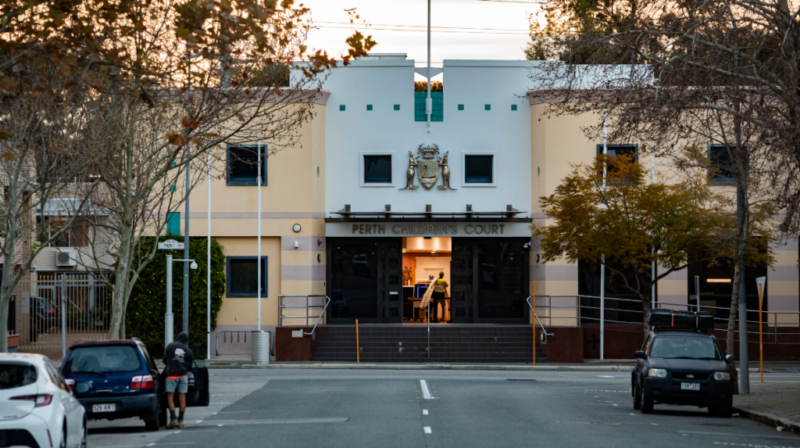
Without a stable foundation, he struggled.
Ben was diagnosed with ADHD, but the court was told his father took him off medication, which his lawyer believed may have contributed to his offending.
He told a law firm he first went into detention at about 11 years old, going on to spend five birthdays behind bars.
Ben stopped going to school aged about 12, and within two years was taken into state care – a period during which he managed to largely stay out of trouble.
But the next year, 2021, he was sentenced to detention for a home burglary for the first time.
A dangerous influence
WA’s youth detention system was at its lowest point for much of Ben’s time in custody, spent between Banksia Hill and the infamous youth facility inside an adult prison, Unit 18.
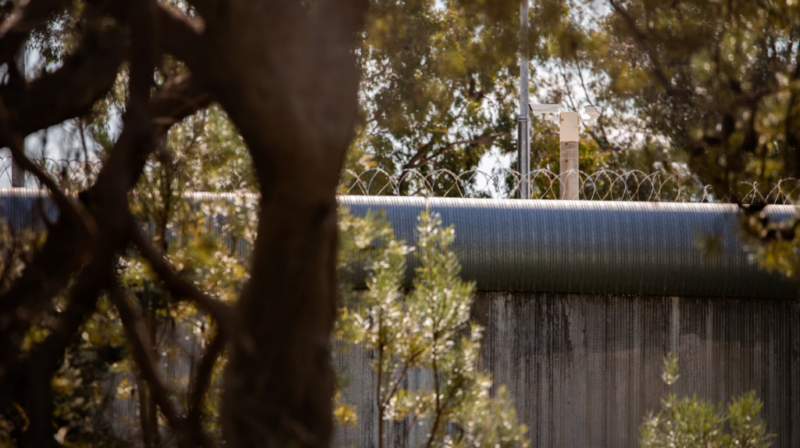
Staff shortages fed into extended lockdowns which caused detainees to act out.
That meant more staff quit or went on workers compensation leave, creating a cycle of dysfunction and destruction which was difficult to rein in.
After a period of lockdowns described by Children’s Court President Hylton Quail as “extrajudicial punishment”, Ben was granted a conditional release order.
Judge Quail later reflected things in Ben’s life at this point seemed to be “as good … as they have ever been”.
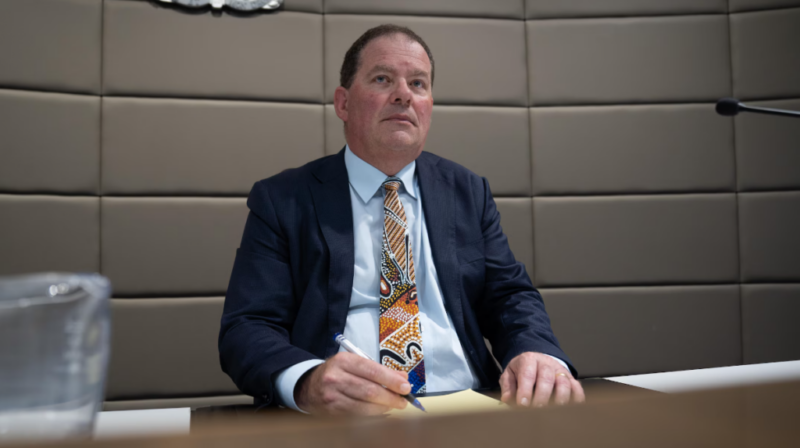
“You had been given that chance by the court … but most importantly, the Department of Communities had arranged a safe place for you to live,” he said.
“It was the first time you had had that since you were probably five years old.”
It’s understood this is when he was in the care of Plan and Grow – an out-of-home care provider which said he “thrived” while in the organisation’s care.

Ben was attending counselling and doing community work, but his offending “escalated in seriousness and frequency” when a friend came to visit.
“You were the one that stuffed up everything that was going so well for you,” Judge Quail told the boy.
In the most serious case, he admitted to terrorising a woman who was home with her three-year-old child while he was armed with a metal pole.
Damage behind bars
Ben was arrested and taken back into detention.
Weeks later he was involved in a major riot at Banksia Hill on New Year’s Eve 2022, accused of arming himself with makeshift weapons and damaging buildings.
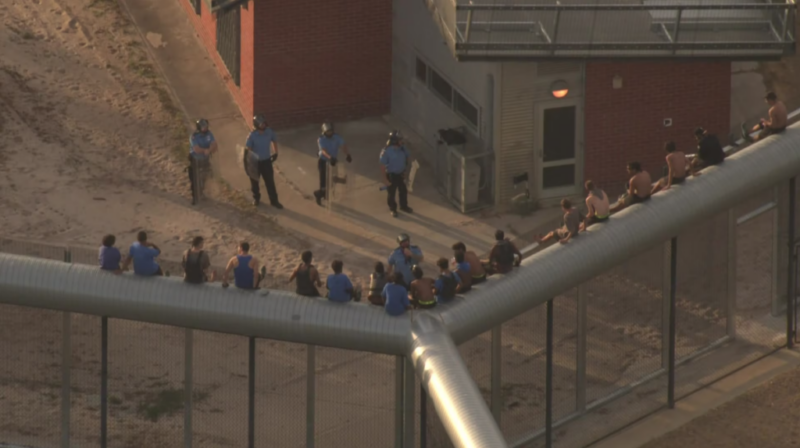
Ben later told Sydney law firm Levitt Robinson, which is representing current and former detainees in class actions over allegedly unlawful treatment in Banksia Hill and Unit 18, that he tried to take his life after the riot.
He was bailed but it’s unclear what supports were put in place.
Within a week he had offended again, burgling eight Ellenbrook homes in one night.
He was sent back to detention where conditions remained grim, with frequent extended lockdowns.
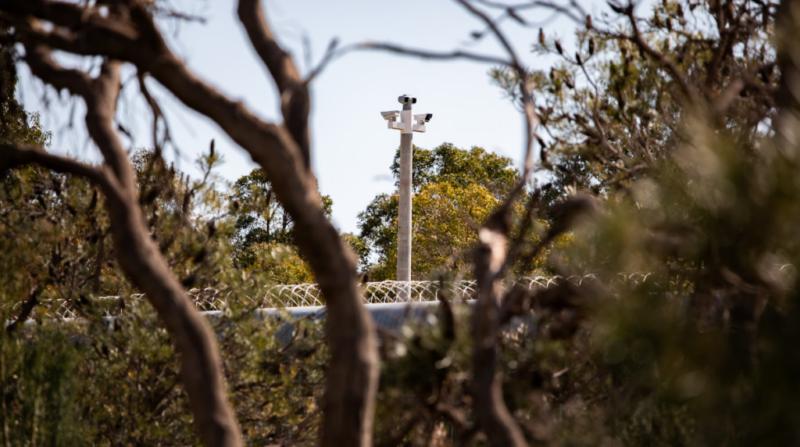
During one of the worst periods, he was only allowed out of his cell for a total of two hours over three days. One of those days he wasn’t let out at all.
“Entirely unlawful” was Judge Quail’s assessment.
“Tortuous” was his lawyer’s description.
A few days later, in May 2023, another detainee threatened an officer with a brick, stole their keys and started breaking young people out of their cells.
Ben joined them.
The group lit 11 fires and caused about $22 million worth of damage to the entire centre.
Then-Premier Mark McGowan was furious, slamming the young people for engaging in “a form of terrorism”.
Ben was one of the final seven young people to be caught, “forcibly detained” by the prison equivalent of a SWAT team with weapons pointed at their heads.
He pleaded guilty to throwing objects at responding officers and stoking a fire on the roof of a building, but minutes after being sentenced to seven months in detention, he threw a cup of water in the courtroom.
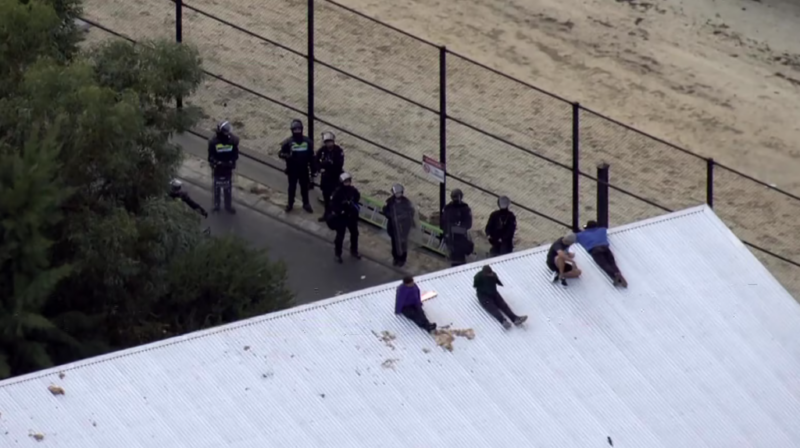
“I didn’t know what happened with my charges, so I got angry and threw the water,” he explained later.
Judge Quail charged him with contempt and added another three days to his sentence.
‘A good future’
He was sentenced in August 2023 for the riot and burglaries, but by that time there was a sense of a light at the end of the tunnel.
Lawyer: The impression I get of [Ben] is that he’s a smart, clever young man but that he has done a lot of stupid things.
His Honour: I’m glad you say that, Mr Rando, because that’s exactly my impression and my conclusion.
Lawyer: Yes. Look, he is a pretty smart guy and is a strong young man, and he has a good future ahead of him if he smartens up. And I get the impression that since he has been in custody … that he really has smartened up.
That included acknowledging the role drugs were playing in his offending, the need to get back on his ADHD medication, and hope for future employment after he completed some programs in detention.
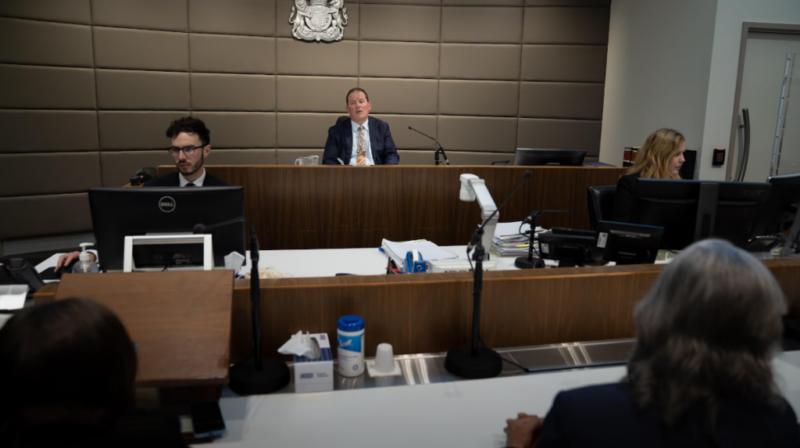
A note from Ben’s teacher said he was a “capable student who had often demonstrated a maturity beyond his age” but struggled to do so consistently.
Ben was sentenced to 25 months in detention, which included a “significant discount” on his sentence for the conditions he experienced.
“You can do a lot with your life,” Judge Quail told him.
“So you can get out, get a job, work, lead a good life.
“[Or] you can spend the rest of your life in jail or dead.”
Ben told the law firm he tried to take his life again in December 2023, while he was in Unit 18, but said he was not seen by a nurse nor taken to hospital.
The handwritten letter
Ben was allowed out on a supervised release order in April 2024, but within two weeks he was accused of another home burglary.
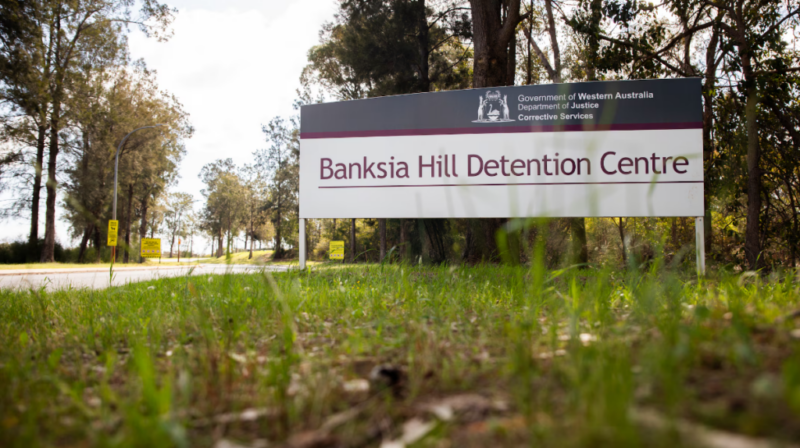
He was arrested and sent back to detention.
By now he was just three months away from turning 18, a fact he was acutely aware of.
Under new WA Government laws, almost all detainees are moved into adult prisons as soon as they turn 18, rather than keeping them in a youth facility until the end of their sentence.
In June, two months before his death, Ben hand wrote a letter to the court, pleading for one final chance.
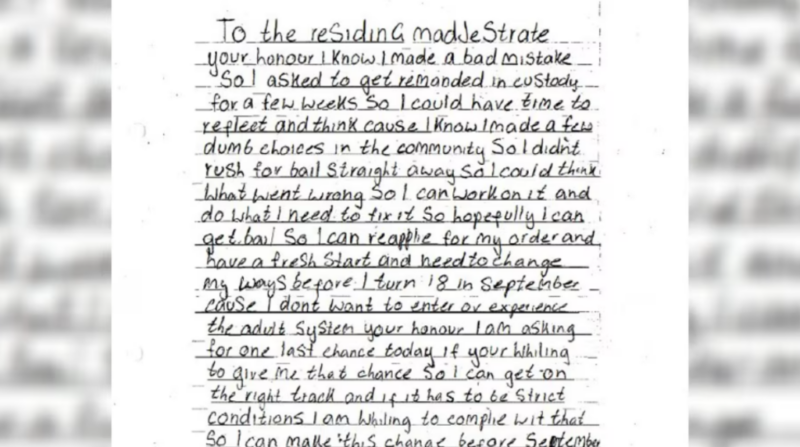
“Your honour I know I made a bad mistake so I asked to get remanded in custody for a few weeks so I could have time to reflect and think,” it read.
“[I] need to change my ways before I turn 18 in September ’cause I don’t want to enter or experience the adult system.
“Your honour I am asking for one last chance today if your (sic) willing to give me that chance so I can get on the right track.”
A lifeline
At another hearing on July 15, his lawyer Ashlee Taylor continued to press for Ben to be given bail, despite the prosecutor opposing it because he’d run away from placements 21 times.

“He obviously relapsed when he got out of jail because he was spending a lot of time in detention and then couldn’t go back into a community, couldn’t focus on people who were supposed to be there to support him, but he has now got that support,” Ms Taylor told the court.
“He has got his girlfriend’s support, his girlfriend’s mother’s support, he has got a very good rapport with the department, and he has got all these programs in place.”
That included the prospect of a place at the Drug and Alcohol Youth Service residential rehab program.
Magistrate Sarah Dewsbury granted him bail, and in mid-August he entered the drug program.
But on August 21, he ran away after just a week at the service.
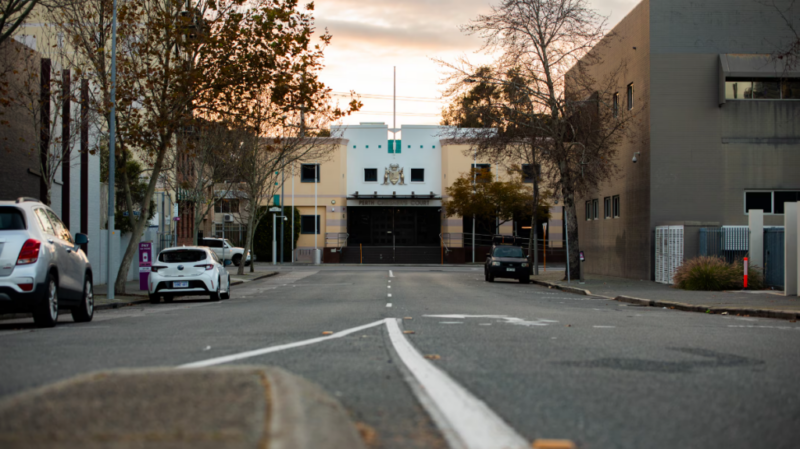
An arrest warrant was issued, and on August 27, he was located and taken back to Banksia Hill for the fifth and final time since early 2022.
Ben’s final day
He was immediately housed in the Intensive Supervision Unit, according to Corrective Services Commissioner Brad Royce, having arrived “intoxicated”.
The next day he appeared in court by video link, charged with providing false information to police and obstructing a public officer.
He told Magistrate Kim Farmer he didn’t understand the obstruction charge and was told to speak with his lawyer.
Based on the timeline provided by Commissioner Royce, the teenager was moved to a general unit, where he knew some people, about 24 hours after this court appearance.
“That afternoon he was out of his cell most of the time until the evening,” Mr Royce said.
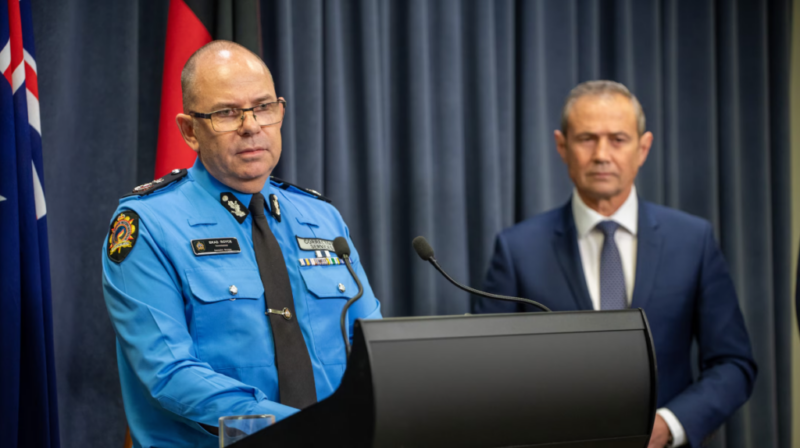
“Over the course of the evening we know he was checked 10 times by my staff.
“On the 11th occasion, just prior to 10pm, he was found unresponsive.”
Despite the efforts of staff and paramedics, he couldn’t be revived.
Ben became WA’s second death in detention on record, just 10 months after 16-year-old Cleveland Dodd became the state’s first.
What happens now?
Ben’s journey through the justice system, and in and out of detention, isn’t unique.
It’s similar to the pathway followed by so many other young people from similarly difficult backgrounds who don’t get the support they need to rebuild their lives.
The ABC has been told by people familiar with Ben’s case but not authorised to speak publicly that those involved in his care did as much as they could, but were let down by the systems they were working within.
Anita Peiris, who runs Plan and Grow which cared for Ben for about nine months, said most of those young people don’t receive enough care.
“There needs to be a stepping stone between the community and Banksia Hill,” she said.
One particular challenge was finding support as someone neared 18: too old for juvenile supports, but not yet old enough for adult programs.
In a statement, a state government spokesperson said it could not comment on individual cases, but the “safety and wellbeing of children” was its “highest priority.”
“There is a considerable focus on rehabilitation, reintegration and on supporting the mental health and wellbeing of young people in detention,” the statement said, while going on to detail supports in place to help those leaving state care until the age of 21.
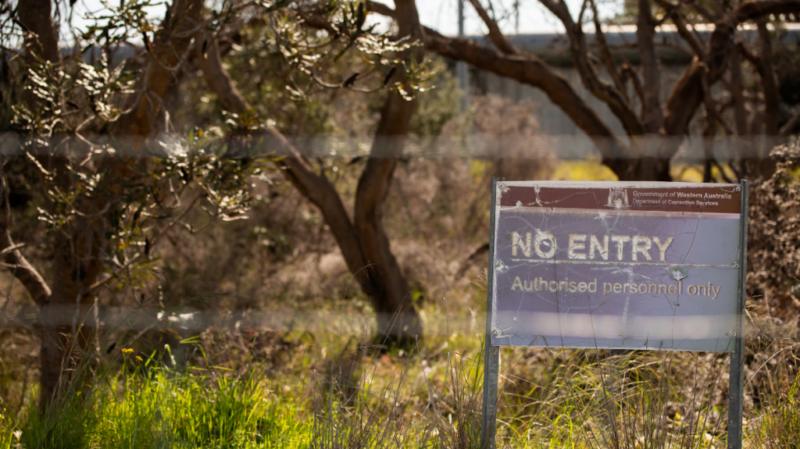
The Department of Justice would not comment.
Ben’s death is subject to an internal review by the Justice Department and will also be investigated by the coroner.
That inquest may shed light on whether the government’s response has been fast or wide-ranging enough to prevent another death in detention.
Credits
- Words and photography: Keane Bourke
- Production: Jake Sturmer, Mark Evans, Gian De Poloni
Contact us
Please provide a brief description of your claim.

